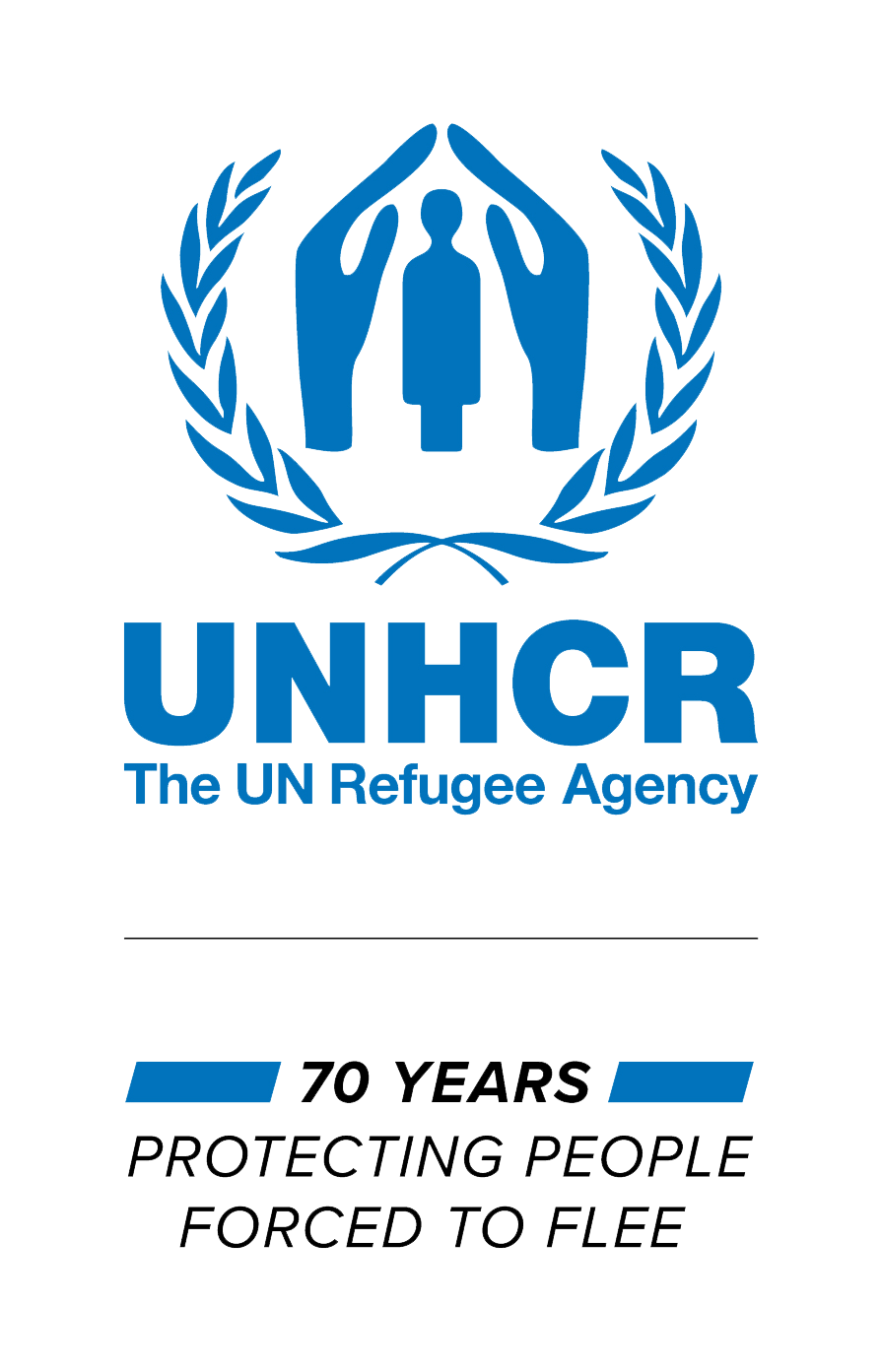70 years of protecting people forced to flee
Seven decades after we were given our mandate, UNHCR is needed now more than ever.14 December 2020
70 years of protecting people forced to flee
Seven decades after we were given our mandate, UNHCR is needed now more than ever.14 December 2020
Voluntary repatriation of Namibian refugees. Lubango Airport, southern Angola, 1989 © UNHCR/Lars Aström
UNHCR was created as the world sought to pick up the pieces after the Second World War. In 1954, we became the first UN agency to be awarded the Nobel Peace Prize – but we were soon facing new refugee emergencies and our mission rapidly expanded. Today, we operate in more than 130 countries all over the world.
Join us in taking action to protect people forced to flee.
Trace UNHCR’s history of live-saving protection for refugees, the internally displaced and the stateless
TAKE ACTION TO PROTECT PEOPLE FORCED TO FLEE
We want to create a world where every person forced to flee can build a better future.
We are part of a global effort to create a fairer and more sustainable world. Join us in making this a reality.
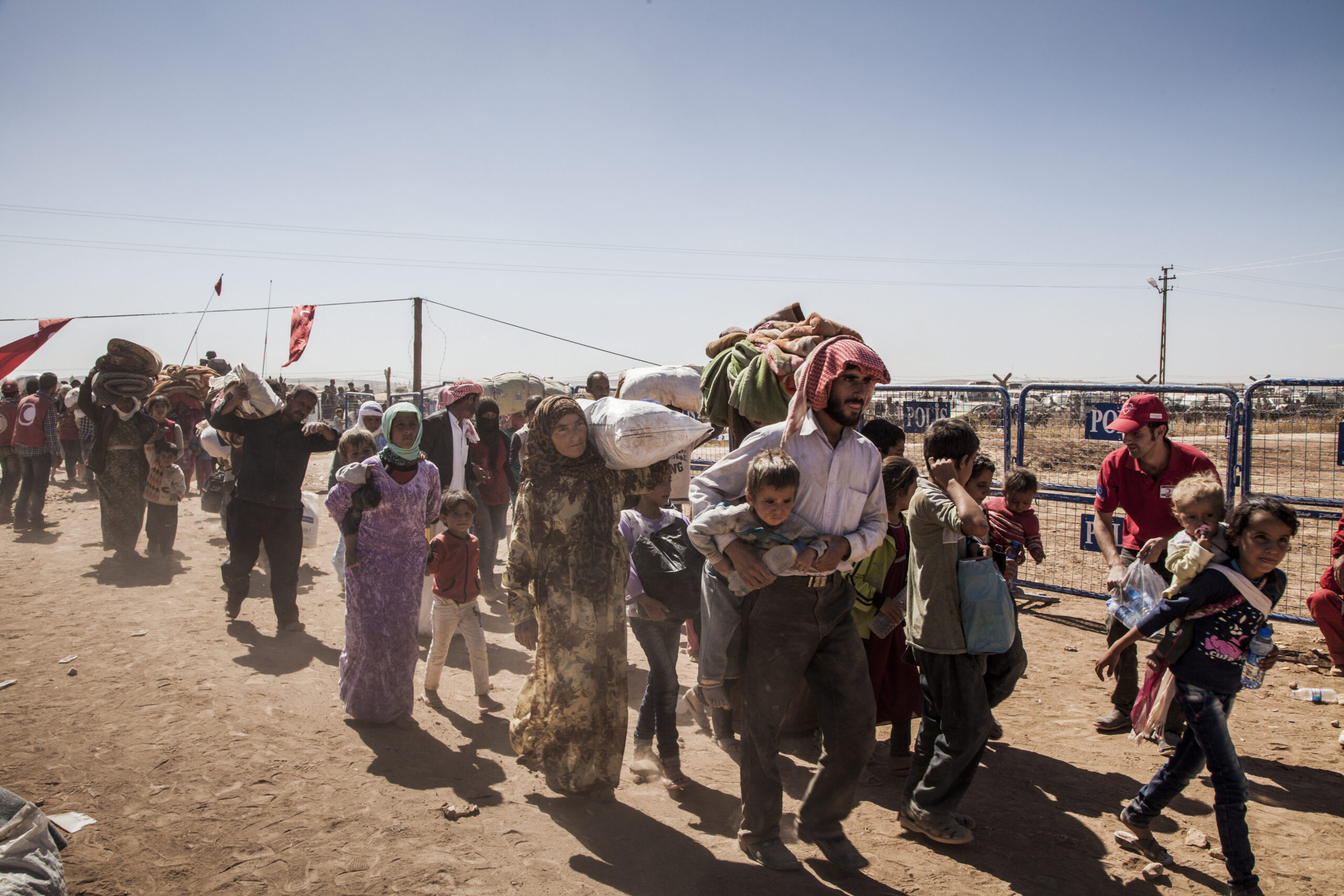
Turkey, 2014. Syrian Kurdish refugees cross into Turkey from Syria near the town of Kobani. © UNHCR/Ivor Prickett
70 YEARS OF LIVE-SAVING PROTECTION
See how the UN Refugee Agency’s mission has expanded and evolved over the past seven decades.
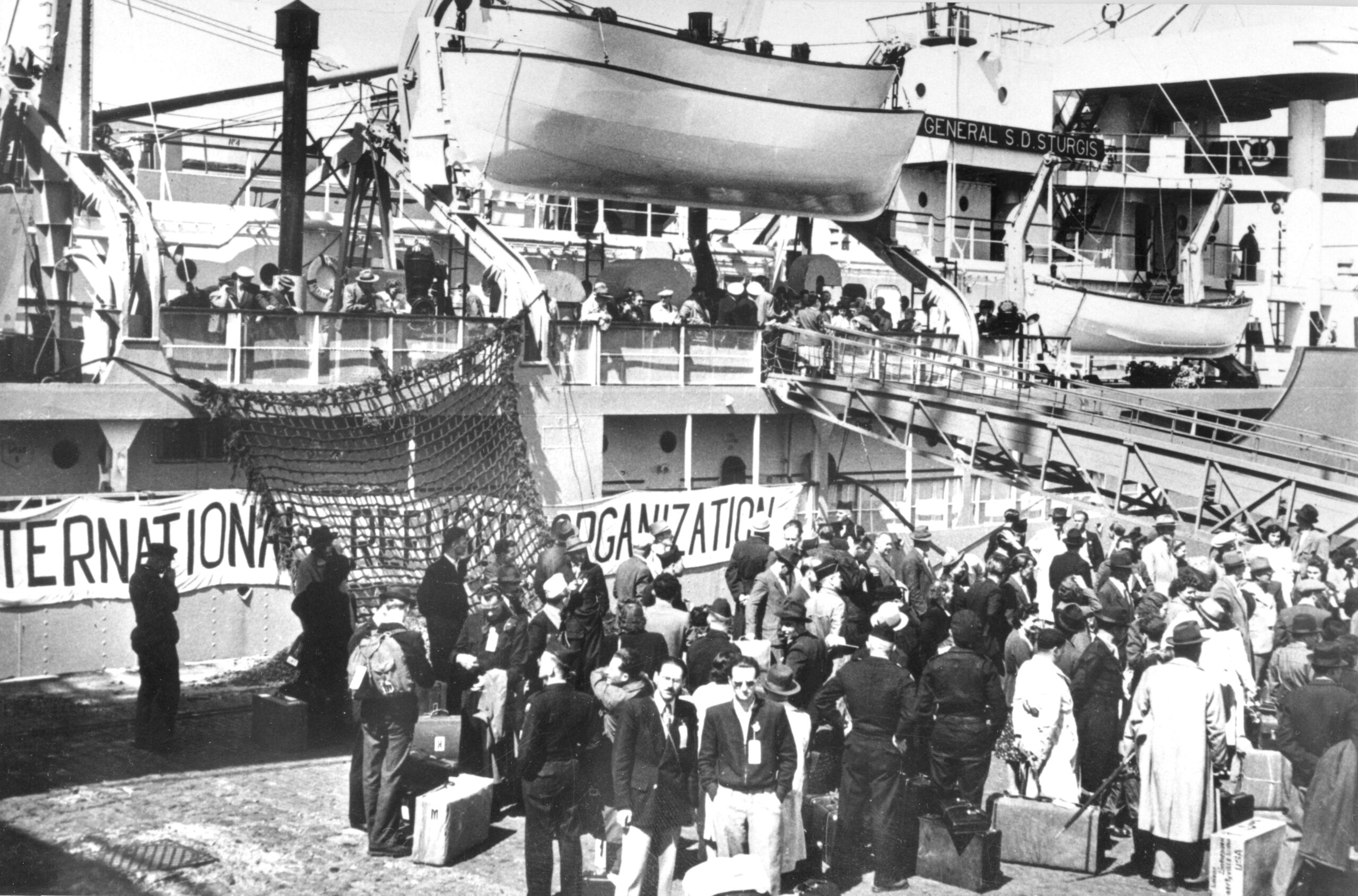
UNHCR in the 1950s
UNHCR’s history begins in 1950, when the United Nations General Assembly adopted the Statute of the Office of the United Nations High Commissioner for Refugees on December 14 of that year.
Resettlement of refugees through IRO Bremerhaven, Germany, 1951.
© UNHCR
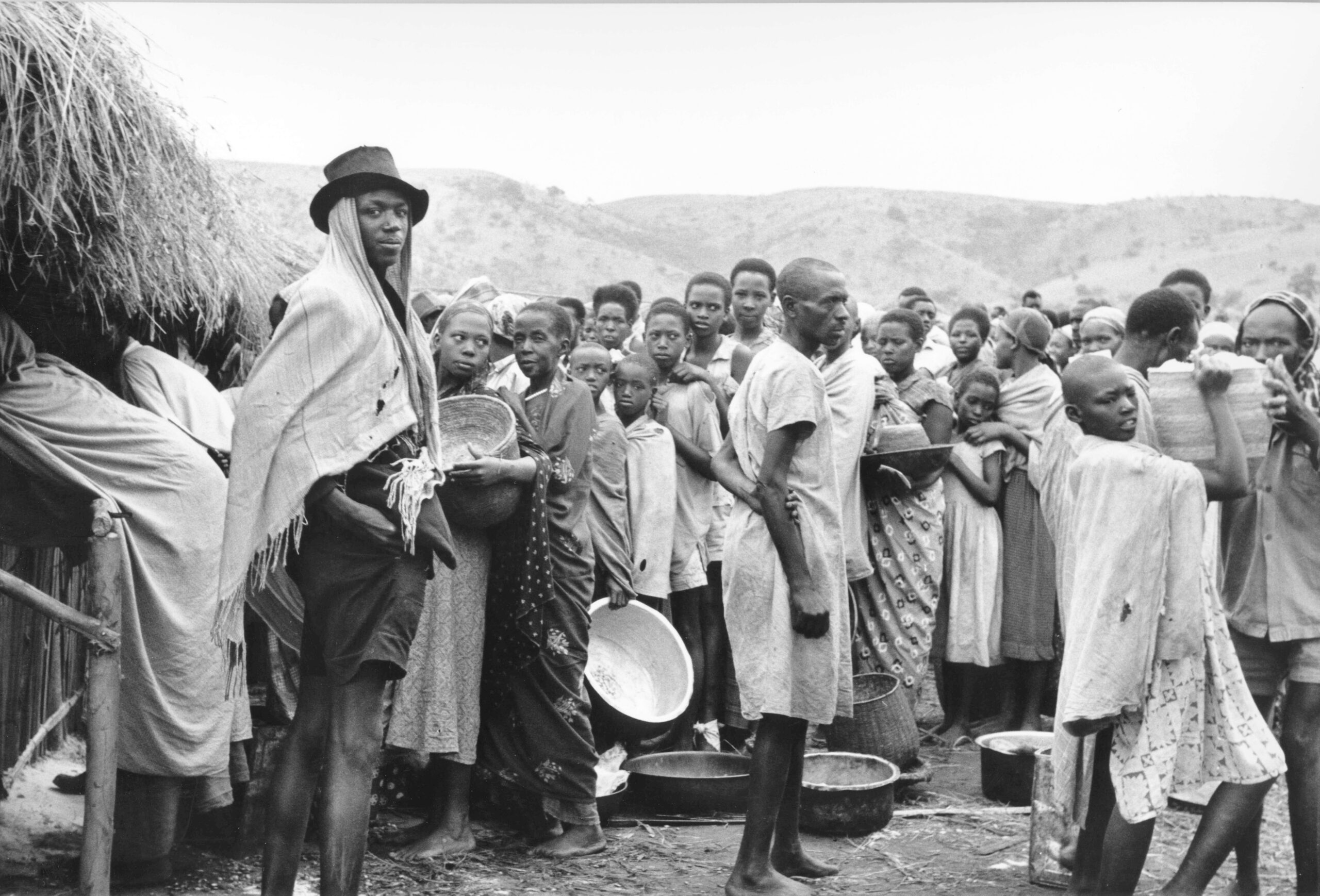
UNHCR in the 1960s
In the 1960s, UNHCR’s role began to expand. Notably, the upheaval resulting from the decolonization era gave rise to many displacement emergencies, with several newly independent states welcoming hundreds of thousands of refugees. In 1967, the Protocol Relating to the Status of Refugees entered into force, supplementing the 1951 Refugee Convention.
A group of Rwandans waiting for the distribution of food rations at a refugee centre in Uganda’s Oruchinga Valley, 1964
© UNHCR/W.McCoy
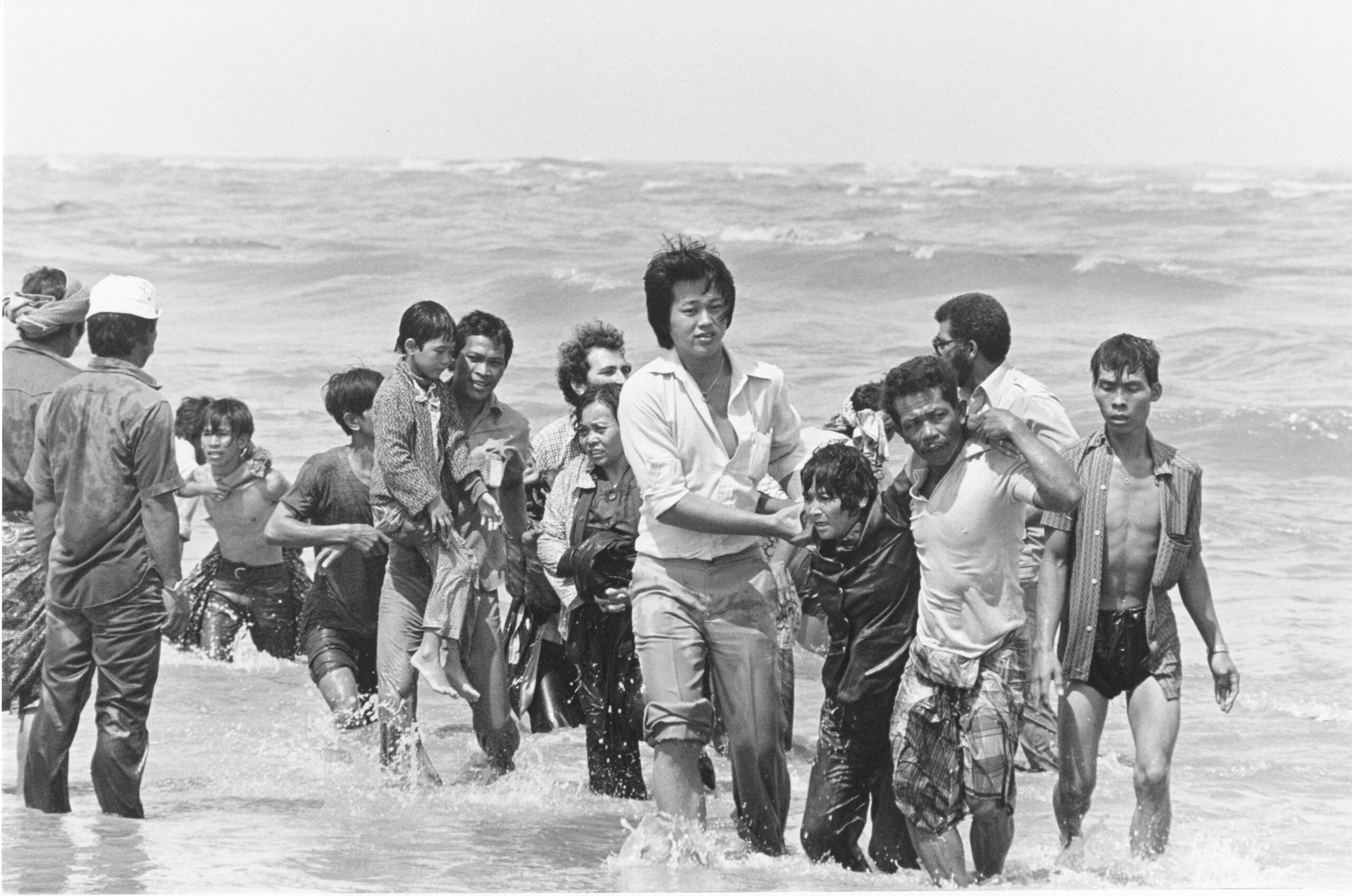
UNHCR in the 1970s
UNHCR’s operations expanded into Latin America, Africa and Asia. For example, the flight of 10 million Bengalis to India in 1971 was one of the 20th century’s largest displacement emergencies and UNHCR acted as focal point for a vast relief operation. Another major exodus was sparked by the fall of Saigon to North Vietnam forces in 1975. An estimated 3 million people fled in the wake of the various conflicts in Indochina.
Vietnamese boat people arriving in Malaysia. They made it to shore after the small boat on which they had been travelling sank only a few metres from safety.
© UNHCR/K.Gaugler

UNHCR in the 1980s
In 1981, UNHCR received a second Nobel Peace Prize for what had become worldwide assistance to refugees. Major crises erupted and continued in the Horn of Africa, Afghanistan and Central America.
Guatemalan refugees in Chiapas, Mexico, 1984.
© UNHCR/L.Astrom
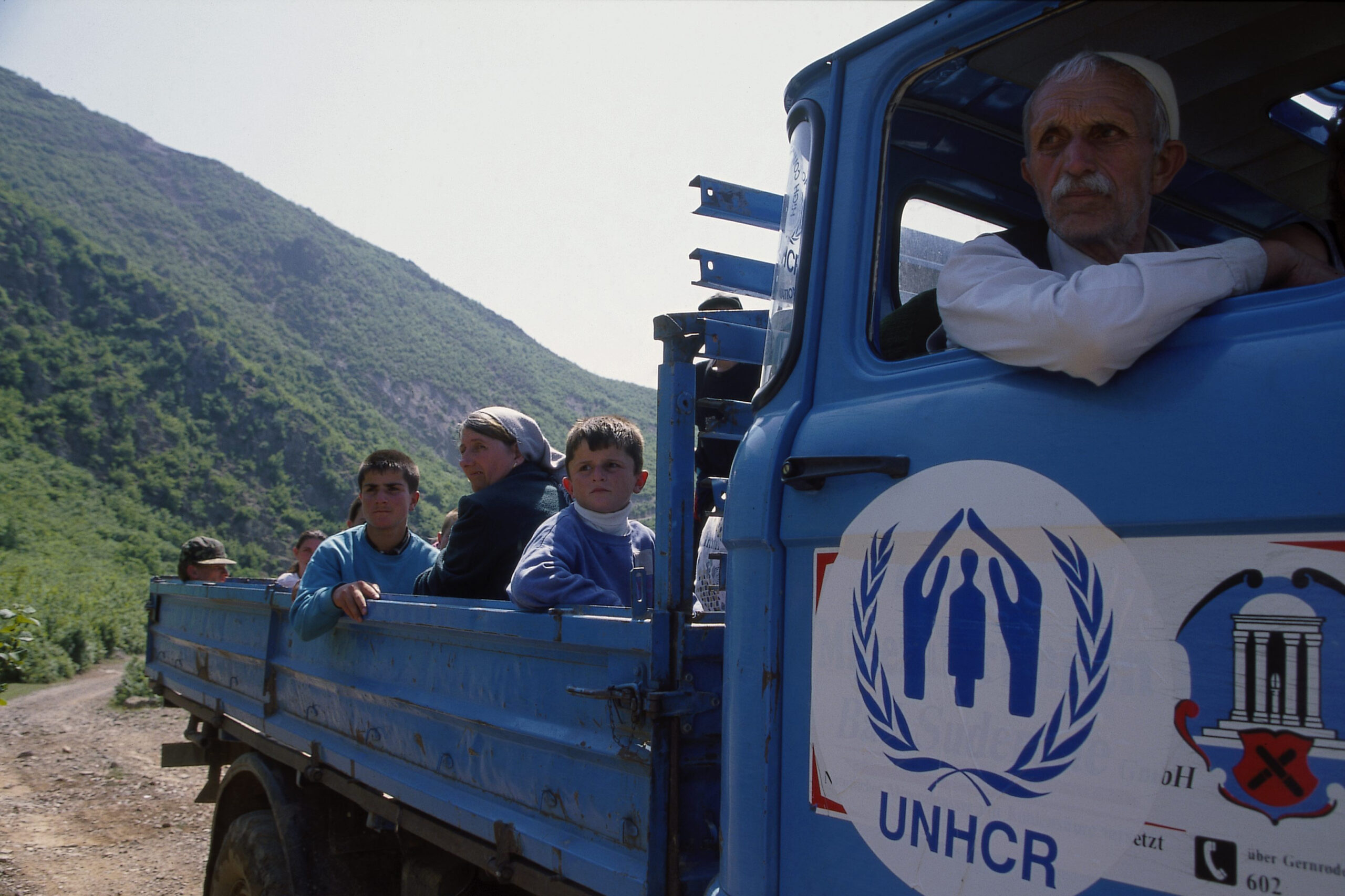
UNHCR in the 1990s
UNHCR continued to provide lifesaving support to refugees and displaced people in a decade that saw millions displaced by events such as the collapse of the Soviet Union, the Gulf War, the Bosnian conflict and the Rwandan Genocide.
Albania, 1998. Refugees from Kosovo are taken by truck to stay with host families.
© UNHCR/Betty Press
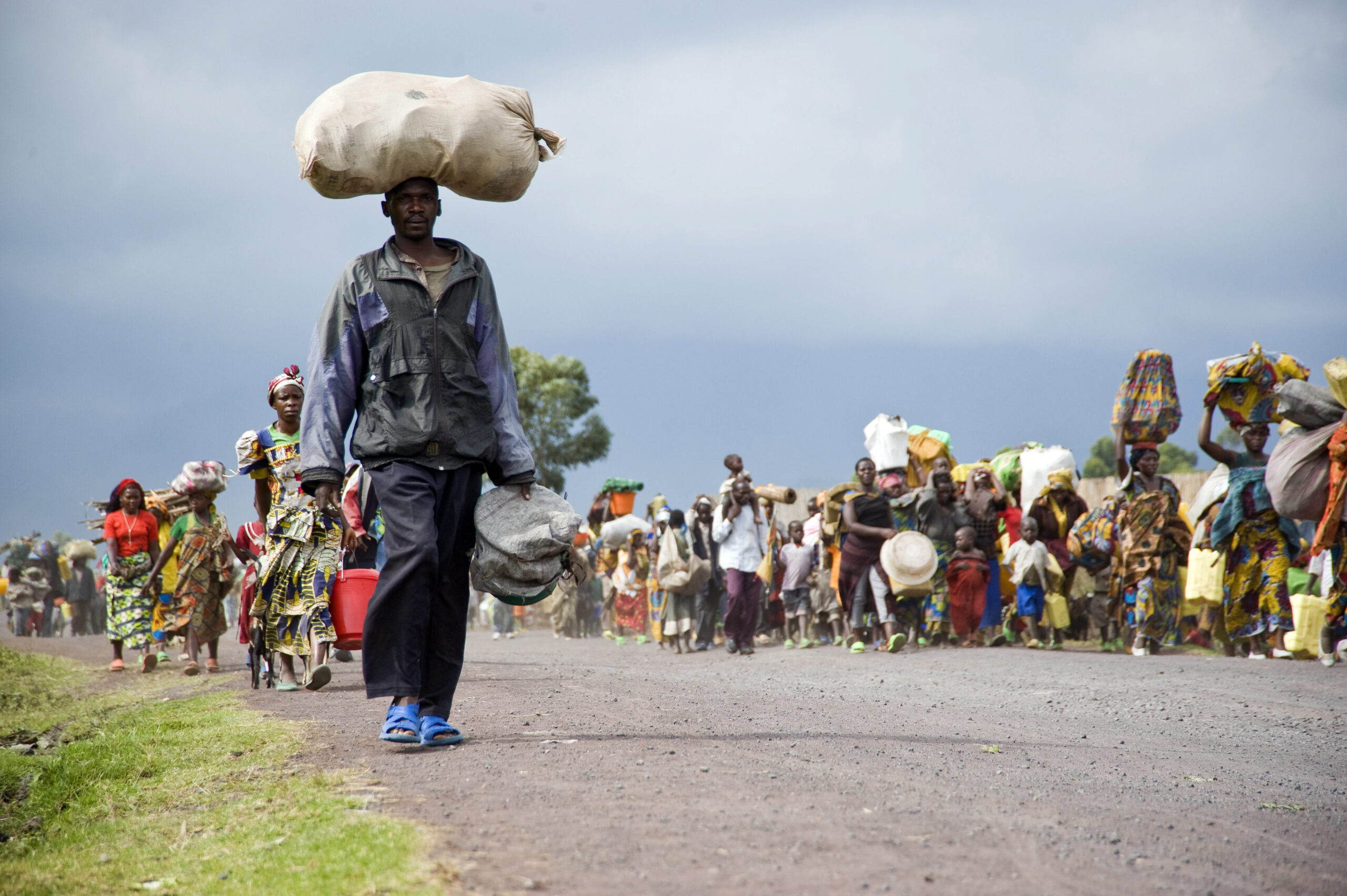
UNHCR in the 2000s
Global displacement levels declined steadily until the middle of the 2000s but started rising again owing to a series of conflicts in the Middle East and Africa. UNHCR was also called upon to help millions of people displaced internally by conflict, and expanded its work helping the stateless.
Democratic Republic of Congo, 2008. Thousands of Congolese flee the site for internally displaced people after gunfire was heard in the surrounding area of Kibati.
© UNHCR/Paul Taggart
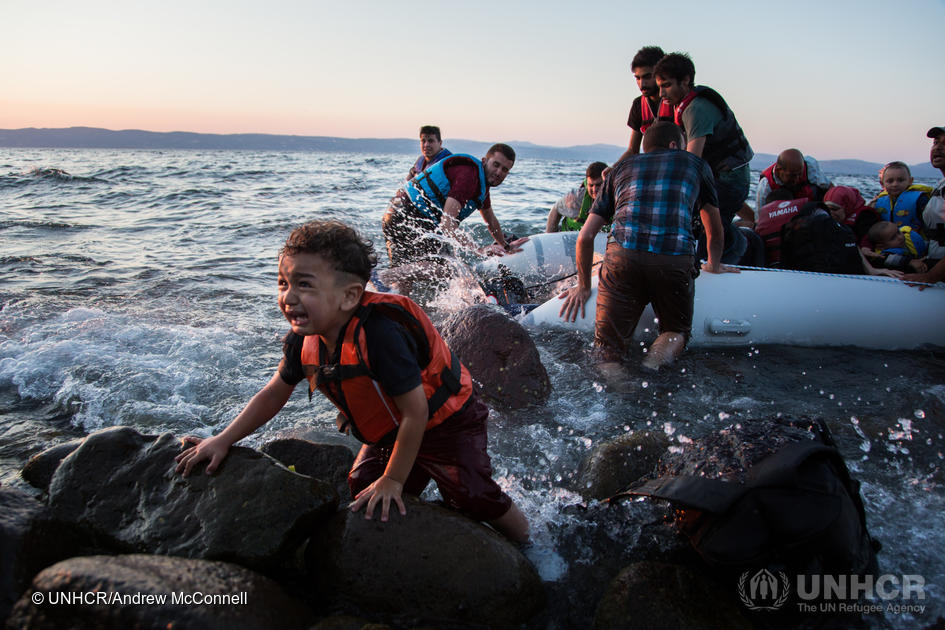
UNHCR in the 2010s
Numbers of refugees and internally displaced people rose sharply in the 2010s – what became known as a ‘Decade of Displacement’. By the end of 2019, forcibly displaced people accounted for 1% of the world’s population, or around 80 million people. The Global Compact for Refugees, affirmed by UN member states in 2018, emphasizes responsibility-sharing between states, the private sector, NGOs and many other organizations to create sustainable solutions to refugee situations and to provide better support to host communities.
Greece, 2015. Syrian refugees arrive on the island of Lesvos after travelling in an inflatable raft across the Mediterranean from Turkey.
© UNHCR/Andrew McConnell
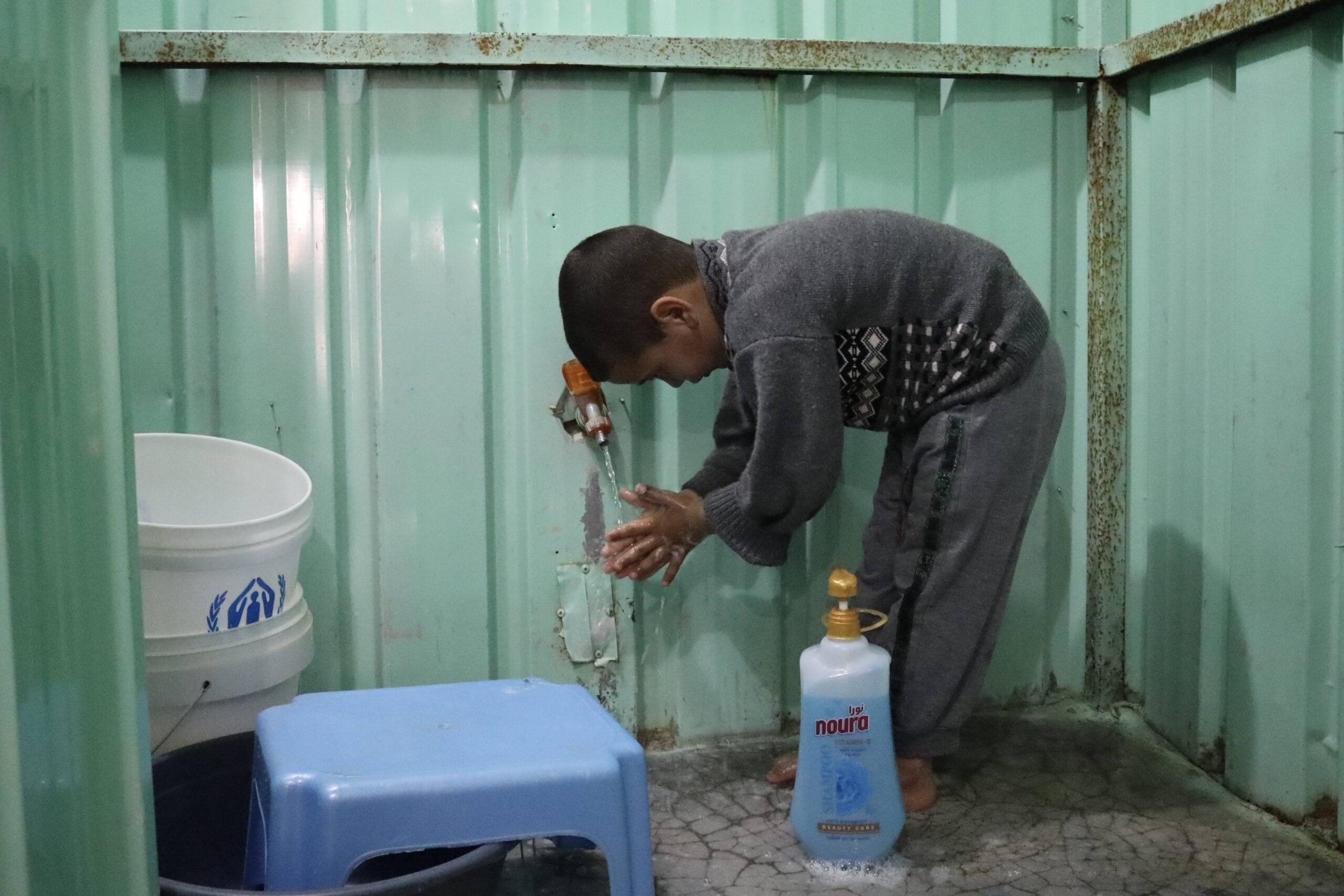
UNHCR in 2020
The work of the UN Refugee Agency has never been more pressing and complex. Extreme poverty and climate change and their interrelation with wars and violence are changing the patterns of displacement. As UN High Commissioner for Refugees, Filippo Grandi, intimated on the occasion of UNHCR’s 70th Anniversary, only concerted international action can resolve new and protracted conflicts and crises.
A Syrian boy washes his hands at Za’atari refugee camp, in line with WHO guidelines on preventing the spread of the COVID-19 coronavirus pandemic.
© UNHCR/Mohamad al-Taher
WHO WE ARE
We are UNHCR, the UN Refugee Agency.
We protect people forced to flee their homes because of conflict and persecution.
We are more than 17,300 staff present in 135 countries, helping millions of people by responding with life-saving support, safeguarding fundamental human rights and helping them build a better future.
Video © UNHCR
